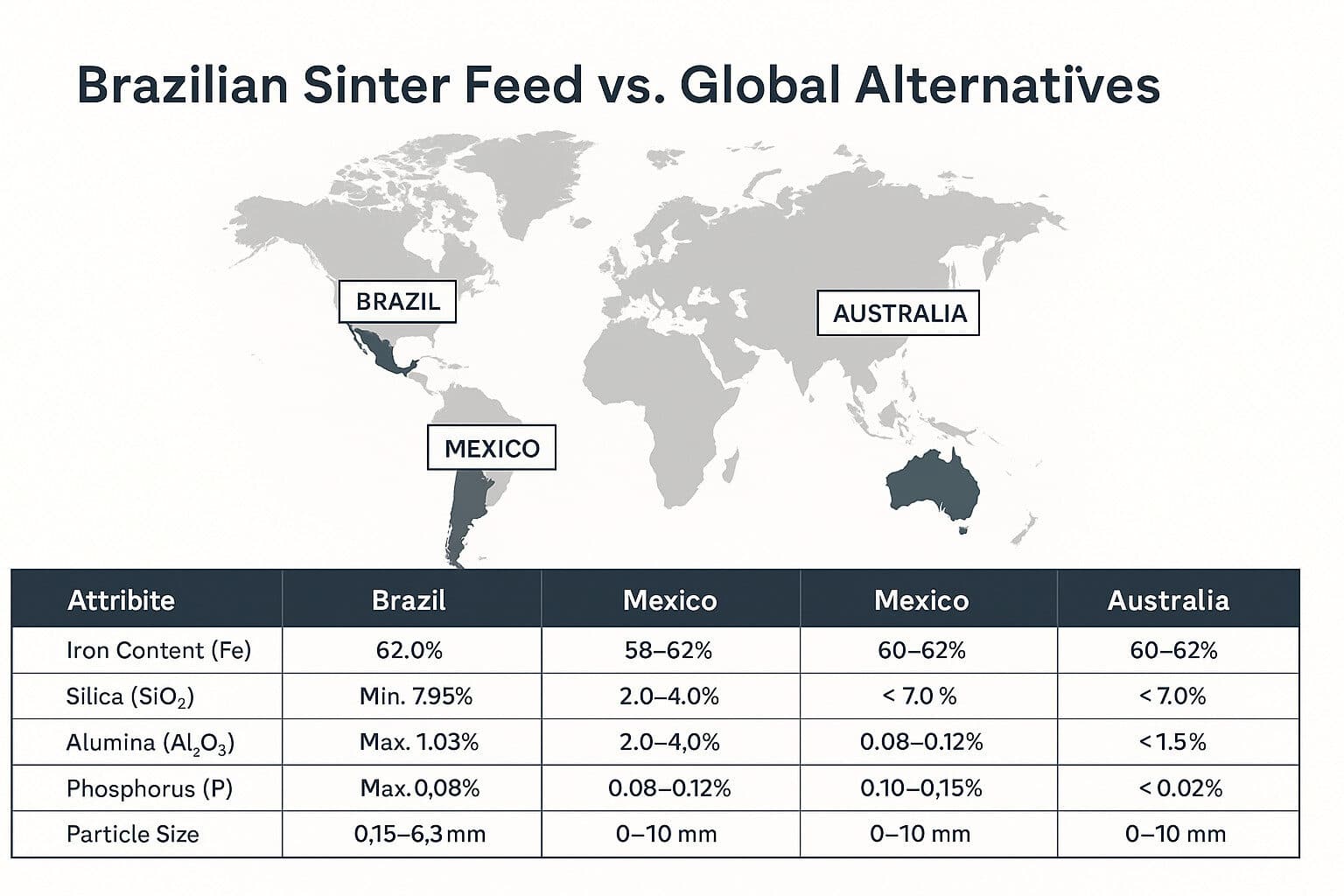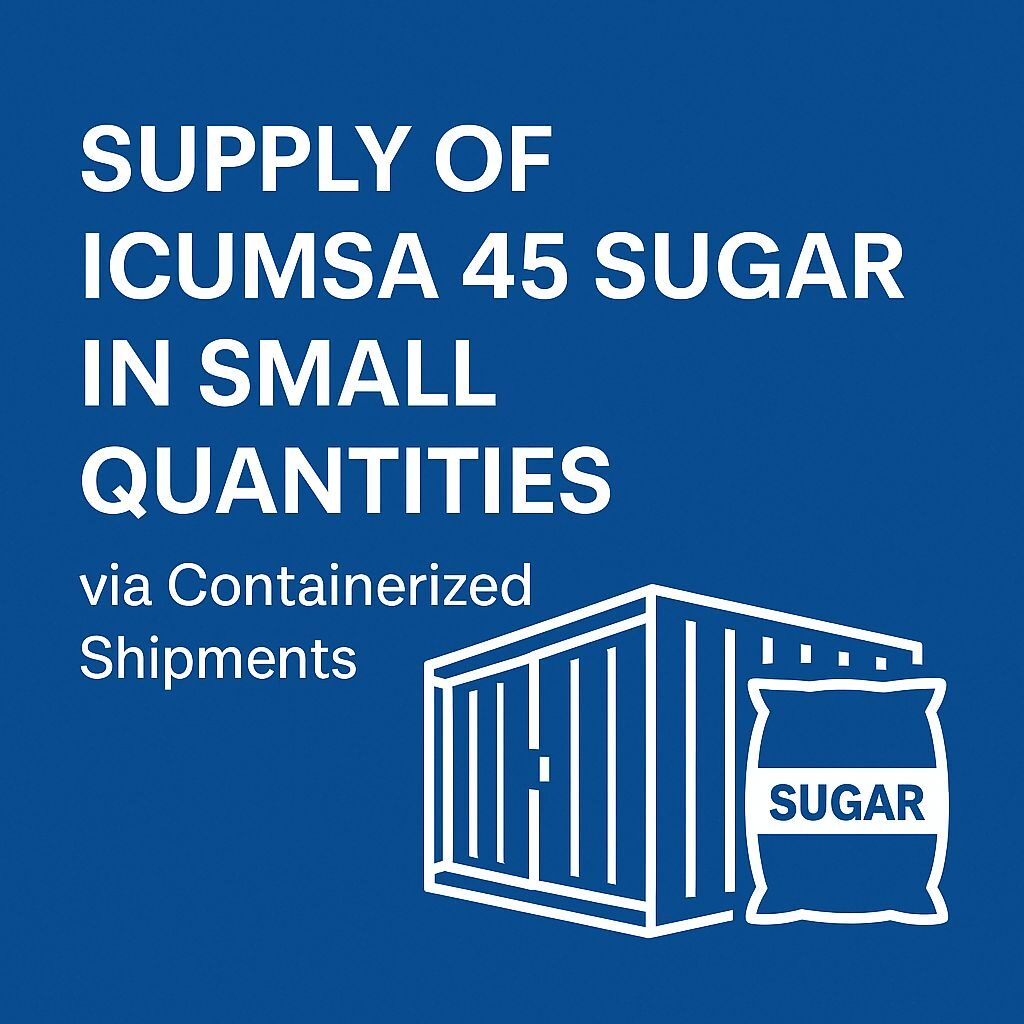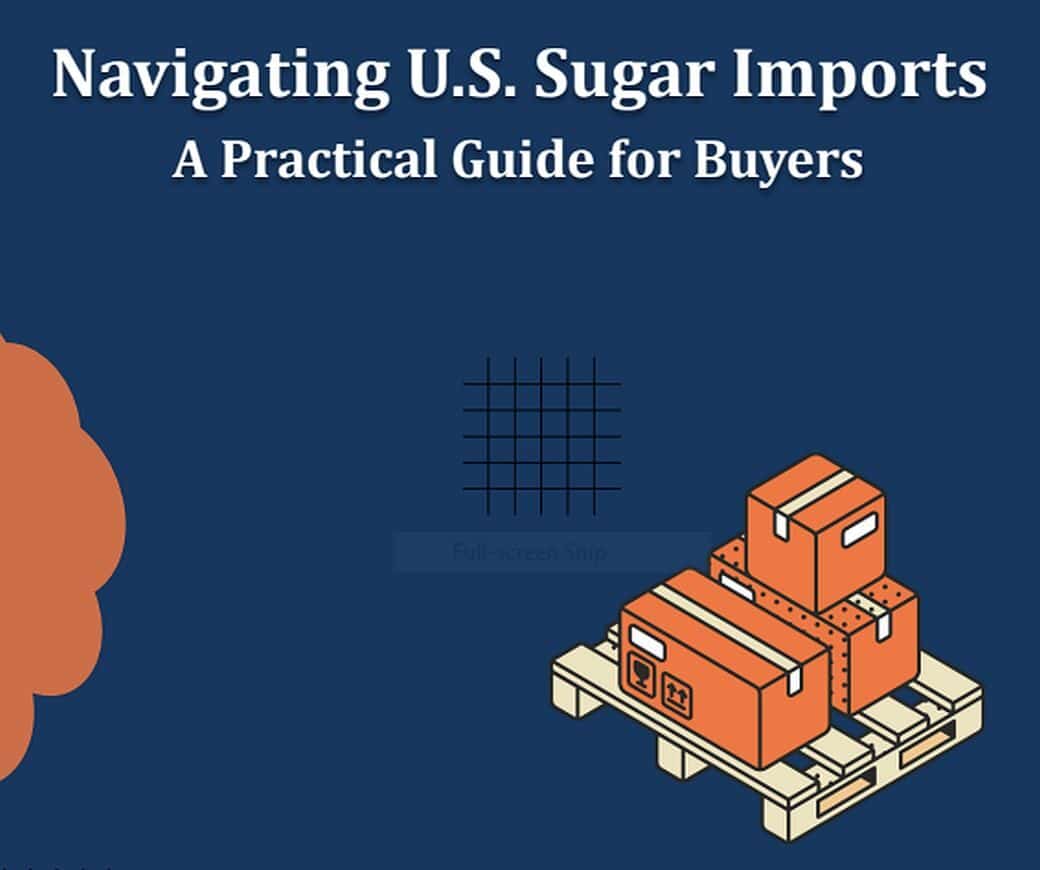What is Frankincense?
Frankincense is an aromatic resin obtained from trees of the genus Boswellia, which are native to the Middle East and Northeast Africa. The resin is harvested by making incisions in the bark of the Boswellia trees, allowing the resin to seep out and harden into fragrant, tear-shaped droplets. The main species used for frankincense production are Boswellia sacra, B. carterii, B. frereana, and B. serrata.
These trees thrive in the dry, arid climates and limestone-rich soils of countries like Oman, Yemen, Somalia, and India. The resin is hand-sorted for quality, with the best grades coming from the first years of harvesting.
Frankincense has been used for over 5,000 years, primarily as an incense and in religious ceremonies, but also for its medicinal properties. It has a fresh, citrusy aroma with sweet, woody undertones that make it a prized ingredient in perfumes and aromatherapy.
The History and Cultural Significance of Frankincense
Frankincense has a long and storied history, with evidence of its trade and use dating back to ancient civilizations in the Middle East and Mediterranean. Greek historian Herodotus wrote about the dangerous harvesting of frankincense from trees guarded by winged snakes in southern Arabia. Frankincense was a highly valuable commodity in the ancient world, traded along the Incense Trade Route that connected the Arabian Peninsula to the Mediterranean.
It was one of the gifts given by the Biblical Magi to the infant Jesus, symbolizing his divinity. In many religious and cultural traditions, frankincense has been used in incense, fumigating preparations, and religious rituals. It is considered a sacred substance, with the saying “frankincense is of the heavens and myrrh is of the earth” reflecting its spiritual associations.
The Benefits of Frankincense
Frankincense has a long history of medicinal use, with its active compounds – boswellic acids – exhibiting anti-inflammatory, analgesic, and anti-cancer properties. Clinical research suggests frankincense may be beneficial for treating a variety of conditions, including:
- Inflammatory diseases like arthritis, asthma, and Crohn’s disease
- Cancer, by inhibiting tumor growth and metastasis
- Brain disorders like memory impairment and radiation-induced brain edema
- Skin conditions like psoriasis, eczema, and photoaging
Frankincense essential oil is also widely used in aromatherapy and skincare products due to its calming, rejuvenating effects. The oil contains a variety of terpenes and sesquiterpenes that may contribute to its therapeutic benefits.
Sourcing and Sustainability of Frankincense
Frankincense is primarily sourced from the Boswellia trees growing in the Middle East and Northeast Africa. However, several Boswellia species are now listed as threatened or endangered on the IUCN Red List, including the critically endangered B. sacra and B. carterii. The harvesting of frankincense resin involves making incisions in the bark of the trees, which can be damaging if not done properly.
Overharvesting and habitat loss due to factors like deforestation and overgrazing have put pressure on wild Boswellia populations. To ensure a sustainable supply of frankincense, efforts are being made to promote better harvesting practices, establish plantations, and protect the remaining wild Boswellia populations. Some companies are also exploring the use of B. frereana and B. serrata as more sustainable alternatives.
The Global Frankincense Market
Frankincense is a globally traded commodity, with the majority of production and export coming from Oman, Yemen, and Somalia. The global frankincense market was valued at over $10 million annually as of 2023. Demand for frankincense has been growing, driven by its use in traditional medicine, aromatherapy, and the cosmetics industry.
However, supply challenges due to the threatened status of some Boswellia species and political instability in producing regions have led to fluctuations in price and availability. Despite these challenges, the frankincense industry presents significant opportunities for sustainable development and economic growth in producing countries. Efforts to improve harvesting practices, establish plantations, and promote the use of lesser-known Boswellia species could help ensure a stable supply of this ancient and valuable resin.
FAQs about Frankincense
What is the difference between frankincense and myrrh?
Frankincense and myrrh are both aromatic resins obtained from trees, but they come from different species. Frankincense is derived from Boswellia trees, while myrrh comes from Commiphora trees. They have distinct aromas and uses, with frankincense being more associated with spirituality and myrrh with medicine.
How is frankincense harvested?
Frankincense is harvested by making incisions in the bark of Boswellia trees, allowing the resin to seep out and harden into fragrant, tear-shaped droplets. The resin is then hand-sorted for quality, with the best grades coming from the first years of harvesting.
What are the health benefits of frankincense?
Frankincense has been used for its medicinal properties for thousands of years. Its active compounds, known as boswellic acids, have been shown to have anti-inflammatory, analgesic, and anti-cancer properties. Frankincense may be beneficial for treating conditions like arthritis, asthma, Crohn’s disease, and certain types of cancer.
Where does frankincense come from?
The majority of the world’s frankincense supply comes from the Middle East and Northeast Africa, particularly Oman, Yemen, and Somalia. The Boswellia trees that produce frankincense thrive in the dry, arid climates and limestone-rich soils of these regions.
How is frankincense used?
Frankincense has been used in a variety of ways throughout history, including as an incense, in religious ceremonies, for its medicinal properties, and in perfumes and aromatherapy. It is also used in some traditional and alternative medicine practices.
Is frankincense sustainable?
The sustainability of frankincense production is a growing concern, as several Boswellia species are now listed as threatened or endangered. Overharvesting and habitat loss have put pressure on wild Boswellia populations. Efforts are being made to promote better harvesting practices, establish plantations, and protect the remaining wild Boswellia trees.
What is the global frankincense market like?
The global frankincense market was valued at over $10 million annually as of 2023. Demand for frankincense has been growing, driven by its use in traditional medicine, aromatherapy, and the cosmetics industry. However, supply challenges due to the threatened status of some Boswellia species and political instability in producing regions have led to fluctuations in price and availability.
What are the different types of frankincense?
The main species used for frankincense production are Boswellia sacra, B. carterii, B. frereana, and B. serrata. Each species has slightly different aromatic profiles and properties, with B. sacra and B. carterii being the most widely used and prized.
How is frankincense essential oil made?
Frankincense essential oil is extracted from the resin of Boswellia trees through a process of steam distillation. The oil contains a variety of terpenes and sesquiterpenes that contribute to its therapeutic benefits and distinctive aroma.
What is the cultural significance of frankincense?
Frankincense has been used in religious and cultural traditions for thousands of years, particularly in the Middle East and Mediterranean regions. It is considered a sacred substance, with associations with spirituality, divinity, and purification. Frankincense has been used in incense, fumigating preparations, and religious rituals throughout history.







